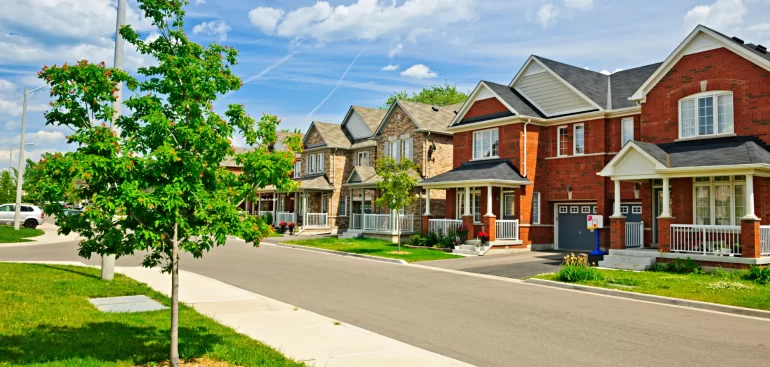Mortgage Rates Soar as Home Prices Dip: A Conundrum for Buyers
The housing market presents an interesting puzzle for would-be homeowners. The blow of heightened mortgage payments is counteracting the appeal of slightly deflated home prices. According to the Mortgage Bankers Association, the median monthly payment noted in applications for home purchase loans rocketed by 14.1% from last year to reach an unprecedented high of $2,165 in May 2023. This is a 2.5% increase from the preceding month.
The Puzzle Pieces: High-Interest Rates and Scarce Housing Inventory
Edward Seiler, the MBA’s associate vice president of housing economics, addressed the issue in a recent statement. “Homebuyer affordability continued its downhill journey in May, as prospective buyers found themselves battling against high-interest rates and a lean housing inventory,” he said. The monthly payment on a 30-year fixed-rate mortgage is determined by the mortgage size and interest rate, both of which have been inflating over the past few years.
Home Prices Slide, but Mortgage Rates Climb
Historically, low mortgage rates and intense competition for the scant number of properties available instigated a spike in home price growth during the pandemic. Despite the Federal Reserve’s efforts to control inflation and slow economic growth by raising interest rates, home prices remained stubbornly high until February 2023. Then, the median U.S. home price experienced its first annual decline in 13 years, dropping 0.2%. This trend has persisted, with home prices declining 3.1% in May to a median of $396,100. The national median home price is still nearly 40% higher than three years ago.
In contrast, the average 30-year home loan rate reached a new peak this week at 6.81%, according to Freddie Mac. This, coupled with the persistently low supply of homes for sale, is causing mortgage payments to inflate, straining the affordability threshold for many homebuyers. Consider that two years ago, the median national monthly payment on home loan applications was $1,320.48, or 63.4% less than last month’s figure.
Future Predictions: A Balancing Act Between Lower Rates and Increased Demand
Realtor.com predicts the average rate on a 30-year mortgage to drop to 6% by year-end. While lower rates could motivate homeowners to sell, thus increasing the much-needed inventory, they could also encourage more buyers to enter the market. This would exacerbate competition and potentially drive prices upward again.
As we tread into the second half of 2023, homebuyers find themselves at a crossroads. On the one hand, easing home prices offer some relief. On the other hand, escalated mortgage rates are driving up monthly payments to unprecedented levels. The future remains uncertain, with potential reductions in interest rates triggering a fresh wave of competition. Ultimately, navigating the current housing market requires a careful balancing between these fluctuating elements.



